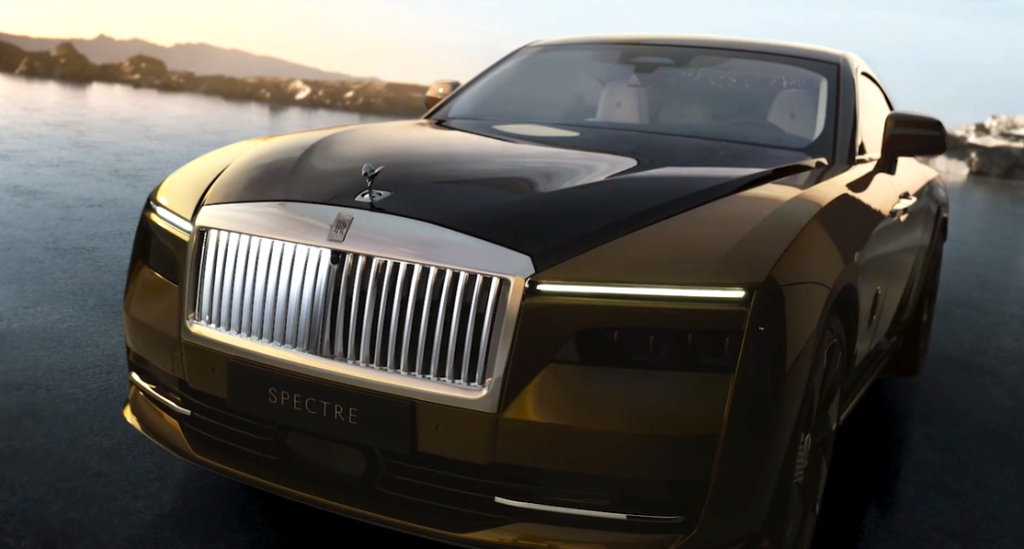It’s a common belief that black cars heat up more in the sun, but is the difference as significant as we think? Here’s what really affects your car’s temperature—and some simple tips to keep it cool.
Others are reading now
Many drivers wonder whether the color of their car really makes a difference in how hot it gets in the sun.
It’s commonly thought that black cars are hotter than lighter-colored vehicles, but is this true?
Black cars do tend to run hotter than their lighter counterparts, and the reason is fairly simple. Darker colors, like black, absorb more sunlight, while lighter colors reflect it.
You’ve probably experienced this with clothing—black absorbs heat, and white reflects it.
Also read
However, according to reports from Bild and Boosted, the temperature difference between black and lighter-colored cars isn’t as dramatic as many believe.
In fact, the color of your car isn’t the main factor in how hot it gets.
The real culprit? Your car’s windows.
The temperature inside your car is affected more by the size, shape, and angle of the windows than by the color of the vehicle itself.
Larger, more angled windows allow more sunlight to flood in, raising the temperature inside the cabin. So, while black paint may contribute to a hotter car, the design of the windows plays a much bigger role.
Tips for a Cooler Car
What can you do to keep your car cooler?
The solution is easier than you might think.
Whenever possible, try to park in the shade. If no shade is available, park with the rear of your car facing the sun. The rear window is typically smaller and absorbs less heat compared to the larger, angled front windshield.
Another option to cool down your car is to apply solar film to the windows.
However, there may be regulations in certain countries regarding its use. For example, front side windows and windshields must allow at least 70% of light to pass through. Some cars may come with factory-installed tinting, which is completely legal.
So, while black cars might feel slightly warmer, it’s really your windows—and how you park—that make the biggest difference on those hot summer days.


